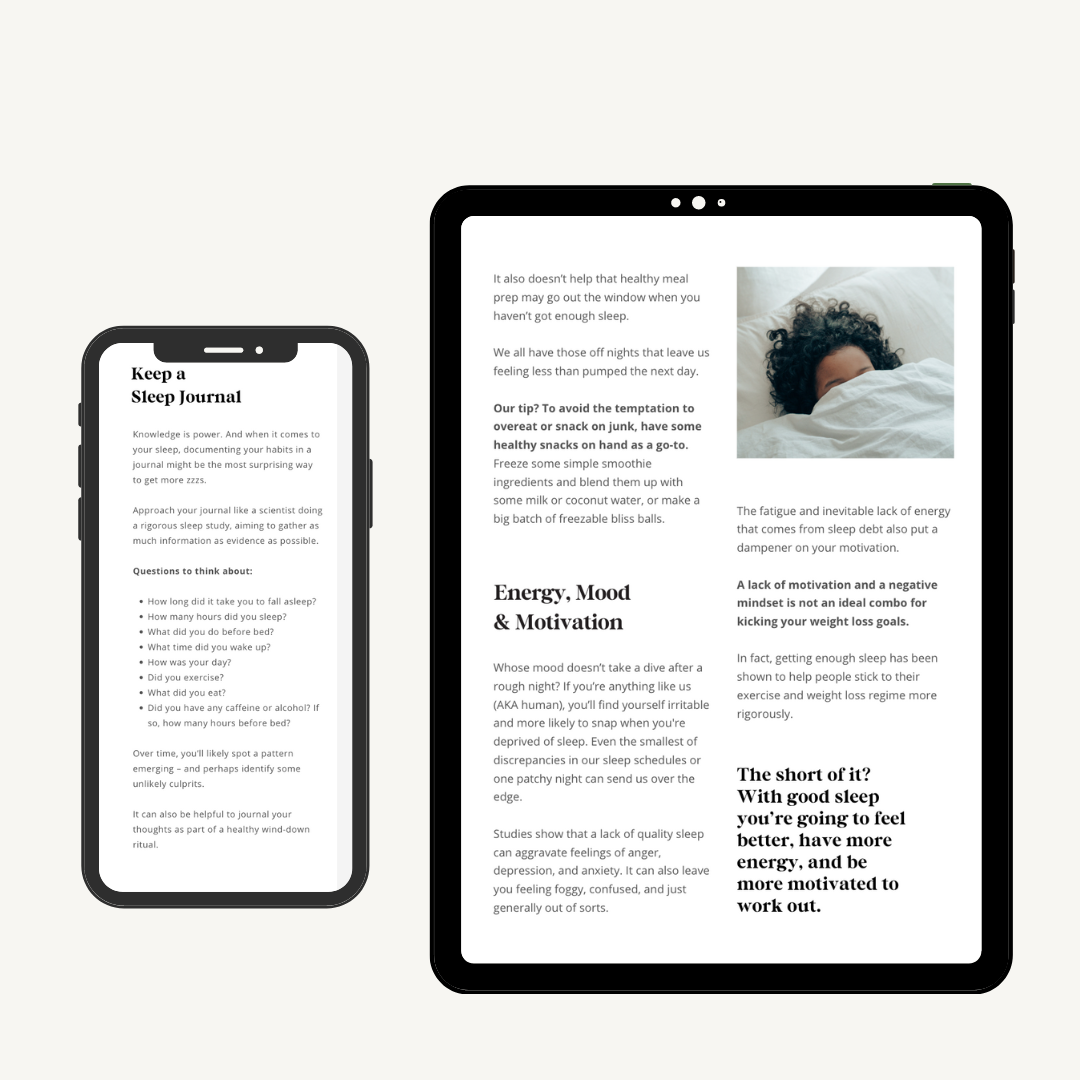Want to get ripped? Maybe you just want to be able to carry your kids without hurting your back, define some lines to boost confidence or just get big guns.
Whatever your reason, building muscle mass is no joke. It takes determination, sweat, and scientifically proven techniques to get those gains in the gym.
So why build muscle you ask? Yes, aesthetically, defined muscles can look hot to trot (depending on your preference) but it also offers numerous health benefits and improves overall well-being. Boosted metabolism, increased strength, reduced risk of injury and chronic disease, improved mental health, the list goes on.
Here are five science-backed tips that will make your muscles proud and promote all those essential health benefits...Oh and maybe get a six pack!
-
Fuel Your Muscles with Protein-Packed Awesomeness When it comes to building muscle mass, protein is your secret weapon. Research shows that a protein-rich diet can ignite muscle protein synthesis, giving your muscles the fuel they need to grow and conquer. Embrace foods like lean meats, eggs, tofu, and greek yogurt to unleash the muscle-building beast within. It's time to chow down and beef up!
-
Get Pumped with Progressive Resistance Training Muscles love a challenge. To make those biceps and quads seriously beefy, it's time to introduce progressive resistance training into your workout routine. Research agrees that gradually increasing weights over time leads to muscle hypertrophy like no other. Say goodbye to boring workouts and hello to a pump that Arnold Schwarzenegger himself would be proud of!
-
Give Your Muscles the Beauty Sleep They Deserve Who knew that beauty sleep was crucial for muscles too? Don't neglect the importance of rest and recovery when it comes to muscle building. Research shows that while you snooze, your muscles repair and grow, so crawl into bed, close your eyes, and let those muscles enjoy a well-deserved sleep party!
-
Stay Hydrated and Turn Your Muscles into Mighty Water Balloons Water may not have muscles, but it plays a vital role in muscle function and recovery. Proper hydration is key to keeping your muscles performing at their best in the gym. Research warns that dehydration can turn your strength and endurance into a soggy mess, hindering those muscle gains! So, drink up and turn your muscles into super-powered water balloons ready to burst onto the fitness scene!
-
Form and Technique: Master the Art of Flexin' Building muscle is an art, and form and technique are your tools of the trade. Research supports the importance of proper form and technique during exercises to target specific muscle groups efficiently. So, before you start flailing those weights around like a wild animal, take a step back, focus on your form, and become a flexin' Picasso in the gym!
Muscle-building is a serious business, but who says it can't be fun too? With the help of science-backed tips, you can unleash the beast within and carve out an impressive physique. From devouring protein-rich deliciousness, rocking progressive resistance training, and letting your muscles party during restful sleep, to staying hydrated like an unstoppable water balloon and mastering the art of flexing with proper technique- you've got this! So, tighten your lifting belt, put on your superhero cape, and get ready to conquer the world of muscle!
References:
- Phillips SM. (2016). The impact of protein quality on the promotion of resistance exercise-induced changes in muscle mass.
- Helms ER, et al. (2014). Evidence-based recommendations for natural bodybuilding contest preparation: nutrition and supplementation.
- Schoenfeld BJ, et al. (2017). Effects of resistance training frequency on measures of muscle hypertrophy: a systematic review and meta-analysis.
- Nader GA. (2006). Concurrent strength and endurance training: from molecules to man.
- Dattilo M, et al. (2011). Sleep and muscle recovery: endocrinological and molecular basis for a new and promising hypothesis.
- Sawka MN, et al. (2007). Exercise and fluid replacement.
- Marieb EN, Hoehn K. (2013). Human Anatomy & Physiology. Pearson.
- Escamilla RF, et al. (2001). A three-dimensional biomechanical analysis of the squat during varying stance widths.











